When you think of India’s eastern frontier, what comes to mind? Yes, we are talking about Arunachal Pradesh. It is true that for many people, this North Indian state still feels like a land wrapped in mist; distant, unexplored, and full of cultural depth.
But, do you know what the best part is? Arunachal itself offers unmatched raw beauty. It is the place that does not always appear on mainstream travel guides but holds stories of tribes, monasteries, and rivers that shape the land.
In this guide, we will take you through a seven-day Arunachal itinerary, starting from Delhi and weaving through some of the hidden gems of Northeast India.
How to Reach Arunachal Pradesh From Delhi?
By Air
It is the most convenient and easy way to reach Arunachal from Delhi. IndiGo is the only carrier operating direct flights on this route, which will take around 3 hours to reach. Otherwise, you can also get many connecting flights to reach Arunachal Pradesh from Delhi, which will take around 9 to 10 hours depending on the operator you choose.
By Train
You can also opt for the 28 to 30-hour train journey from Delhi to Guwahati. It will provide a grounded start to Arunachal, with changing landscapes that include plains, tea estates, bamboo groves, rivers, and the Brahmaputra shimmering at sunset. All of these will welcome you into Assam’s lush greenery before finally arriving in Guwahati, the vibrant gateway to Northeast India.
After reaching Guwahati, you can take the Arunachal Pradesh road trip, which will take 6 to 8 hours depending on the entry point. Guwahati to Bhalukpong (gateway to Arunachal Pradesh) is approximately 240 km, a 6–hour drive by road. If you are heading towards Itanagar, it is about 320 km, 7 to 8 hours.
Important Reminder: Indian citizens require an Inner Line Permit (ILP) to enter Arunachal. Foreign travellers need a Protected Area Permit (PAP). Apply online in advance to avoid last-minute delays.
7-Day Arunachal Itinerary in Detail
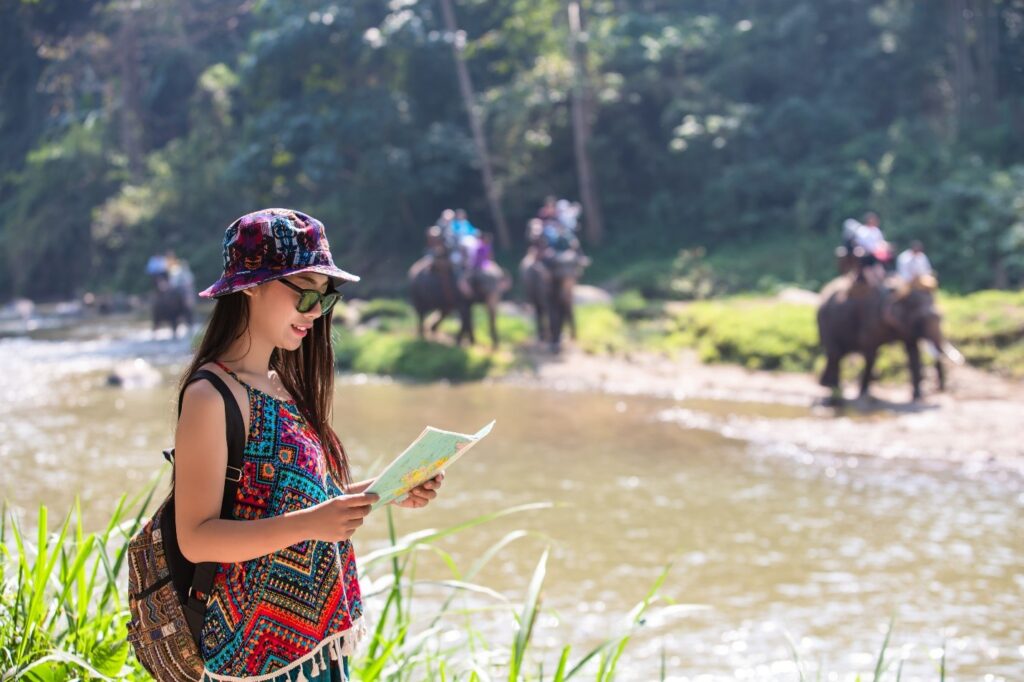
Day 1: Delhi to Dibrugarh, Drive to Roing
Your journey to the Northeast will begin on day 1 as you fly from Delhi to Dibrugarh, the gateway to Arunachal Pradesh. After landing, you need to cross the mighty Brahmaputra River, a lifeline of Assam, before entering the stunning landscapes of Arunachal.
From Dibrugarh, you can opt for a scenic road trip to reach Roing. Located in the Dibang Valley, this is an ideal destination for those who want offbeat northeast India travel experiences.
- On the way, you can stop at the Mehao Wildlife Sanctuary. It is a pristine natural reserve spread across dense forests, famed for its orchids, medicinal plants, and exotic species. This sanctuary is also home to the rare hoolock gibbon, the only ape species found in India.
- You can also visit the Mehao Lake, located inside the sanctuary at an altitude of around 3,000 feet. It offers a serene setting for birdwatching, with the reflections of the hills creating a postcard-perfect view.
After that, you can unwind at the Iphi-Pani Ghat, a peaceful riverside destination in Arunachal Pradesh along the Dibang River.
Day 2: Roing to Pasighat, Gateway of Arunachal
Your journey will continue from Roing to Pasighat. This road trip itself will be a memorable experience as you travel along the scenic Dibang and Siang rivers, with breathtaking views of the Eastern Himalayas accompanying you throughout the route.
- Once in Pasighat, do not forget to visit the Siang River. It is famous for river rafting in Arunachal Pradesh on its Grade III and IV rapids that test both skill and courage.
- If you are a nature lover, visit Daying Ering Wildlife Sanctuary, a paradise for birdwatchers and photographers. It is home to migratory birds like hornbills, cranes, wild ducks, and storks.
For an authentic local experience in Arunachal Pradesh, you must visit the local Adi villages. Here, you can witness traditional bamboo houses, age-old weaving traditions, and taste unique millet-based food, including Poka/Poka Pitha (pancake made from millet flour), Apong (Millet Beer), etc.
Day 3: Travel From Pasighat to Along (Aalo)
Next, your journey will take you from Pasighat to Along (Aalo), one of the hidden gems of Northeast India. It will be a scenic drive that meanders through lush green hills, terraced paddy fields, and vibrant orange orchards that become especially captivating during the harvest season.
- Once in Aalo, adventure, culture, and gastronomy blend seamlessly. One of the most exciting activities is crossing the hanging bamboo bridges over the Siang River. It will offer panoramic views of the surrounding valleys and forests.
- Also, a visit to the Ramakrishna Mission Campus will provide you with a calm and reflective experience. Here, you will witness how modern education and healthcare initiatives coexist harmoniously with the preservation of tribal traditions in Arunachal Pradesh.
To immerse yourself in eco-friendly tours in Arunachal Pradesh, do not forget to visit the villages of the Galo tribe to witness their traditional bamboo houses, weaving practices, and vibrant attire.
Day 4: Aalo to Ziro Valley
After that, leave Aalo behind and drive to the beautiful Ziro Valley, a tranquil plateau surrounded by pine-clad hills and lush paddy fields. It is also recognised as a UNESCO World Heritage Site nominee. Famous for its unique cultural heritage and breathtaking landscapes, Ziro Valley offers experiences that are both immersive and sustainable.
- Here, you can start your exploration with the Apatani villages, where the community is known for its distinctive traditions. It includes the tattooed women elders and an ingenious system of sustainable wet rice and fish farming that has gained global recognition.
- Also, if you are a nature lover, do not miss visiting Talley Valley Wildlife Sanctuary, home to rich biodiversity, dense bamboo groves, and rare orchids, making it a paradise for eco-travellers
Day 5: Ziro to Itanagar — The Capital City
After exploring Ziro, you can continue your journey to Itanagar, the capital of Arunachal Pradesh and a vibrant hub where history, culture, and modern life coexist.
- The city is named after the 15th-century Ita Fort, which still stands as a testament to the region’s architectural heritage. Walking through this intricately laid brick structure will offer a glimpse into Arunachal’s medieval past.
- Next, the Ganga Lake (Gyakar Sinyi) is a must-visit. Located amidst forests and rolling hills, this emerald-green lake is a peaceful retreat ideal for boating, photography, or simply soaking in the calm.
- Another important highlight you must not miss is the Jawaharlal Nehru Museum, which houses tribal artefacts, traditional costumes, weapons, and crafts, offering deep insights into the cultural identity of the state’s diverse ethnic groups.
With good connectivity, comfortable accommodations, and access to local markets, Itanagar serves as a convenient base for continuing your journey.
For those using a Northeast India itinerary planner, the capital city of Arunachal provides the perfect balance of historical landmarks, natural beauty, and cultural richness, making it an essential part of your Arunachal experience.
Day 6: Itanagar to Bomdila
Leaving the bustling capital behind, the road to Bomdila takes you deep into the Himalayan foothills, where crisp mountain air and sweeping landscapes set the tone. Bomdila is a serene hill town known for its monasteries, wildlife, and cultural vibrancy.
- Here, you can explore the Bomdila Monastery, modelled on Tibet’s Tsona Gontse Monastery. Visiting this place will be a peaceful retreat with fluttering prayer flags, vibrant murals, and panoramic views of the snow-capped Himalayas.
- The Eaglenest Wildlife Sanctuary is another highlight. Famous among birdwatchers, it is home to over 450 bird species, including the rare and beautiful Bugun liocichla, discovered only in this region. The sanctuary’s trails also offer glimpses of orchids, butterflies, and occasional wildlife sightings.
In the local markets, you will find warm woollens, handcrafted masks, and intricately woven carpets, reflecting the town’s Monpa heritage.
And, do you know, Bomdila is also slowly embracing luxury travel in Northeast India, and has started opening beautiful boutique lodges and cosy stays offering comfort alongside mountain charm.
Day 7: Bomdila to Tawang — Jewel of Arunachal
The journey from Bomdila to Tawang, cultural heart of the Monpa people, is among the most breathtaking drives in Arunachal Pradesh.
- En route, you will cross the legendary Sela Pass (13,700 ft). It is often covered in snow and surrounded by alpine lakes, prayer flags, and dramatic Himalayan vistas. This high-altitude pass is not just a scenic marvel but also a sacred site for Buddhists.
- Besides, you can explore the magnificent Tawang Monastery, India’s largest and second-largest in the world. Founded in the 17th century, it houses an 18-foot golden Buddha statue and an invaluable collection of scriptures, making it both a spiritual and architectural wonder.
- Do not forget to explore the Tawang War Memorial. It was built in honour of soldiers who fought in the 1962 Indo-China War, adding a poignant historical dimension to your visit.
For nature lovers, Shonga-tser Lake (Madhuri Lake) is a must-see because parts of the Bollywood movie “Koyla” (1997) were shot there. It offers serene glacial beauty framed by snow peaks. Equally enchanting is the mighty Nuranang Falls, plunging 100 meters into a deep gorge.
With its blend of spirituality, history, and natural grandeur, Tawang truly embodies the soul of Arunachal Pradesh, making it a spectacular finale to your week-long journey.
Food Items That You Must Try in Your Arunachal Pradesh Trip
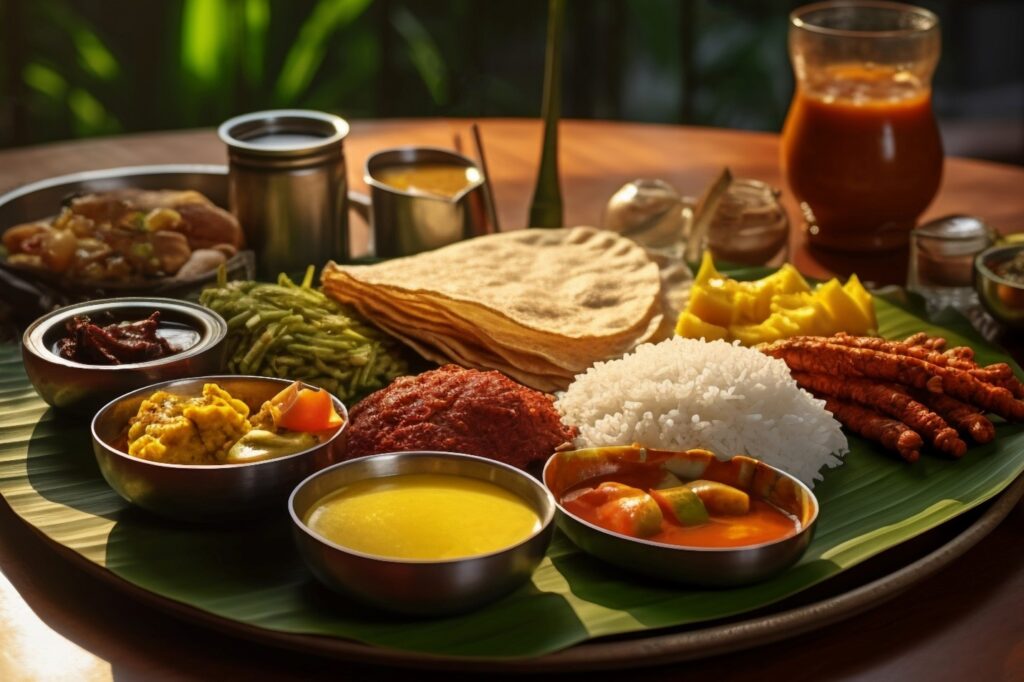
One of the best parts of exploring Arunachal Pradesh is indulging in its tribal cuisine, which is simple, wholesome, and deeply rooted in local traditions. Unlike mainstream Indian food, here you will find dishes prepared with minimal oil, often steamed, smoked, or fermented — making them both healthy and flavourful. For travellers seeking eco-friendly tours in Northeast India, tasting these dishes is as important as visiting its landscapes.
Some must-try staples include thukpa (a Tibetan-inspired noodle soup), momos, and apong, the locally brewed rice beer. But to truly experience the hidden culinary gems, do not miss the traditional dishes unique to Arunachal:
- Pika Pila: A spicy bamboo shoot pickle, often eaten with rice.
- Smoked Pork with Bamboo Shoots: Slow-cooked for hours to achieve a rich, smoky flavour.
- Zan: A millet-based porridge, comforting and filling, especially in the cold Himalayan regions.
- Gyapa Khazi: A Monpa-style fried rice with meat, eggs, and local spices.
- Chura Sabji: A tangy-spicy curry made from fermented cheese, pairing beautifully with steamed rice.
- Lukter: Sun-dried meat sprinkled with chilli flakes for a fiery kick.
- Pehak: A strong-flavoured chutney made of fermented soybeans and chillies.
- Khura: Soft buckwheat pancakes served with butter tea, popular in Tawang.
Important Festivals You Can Witness in Arunachal
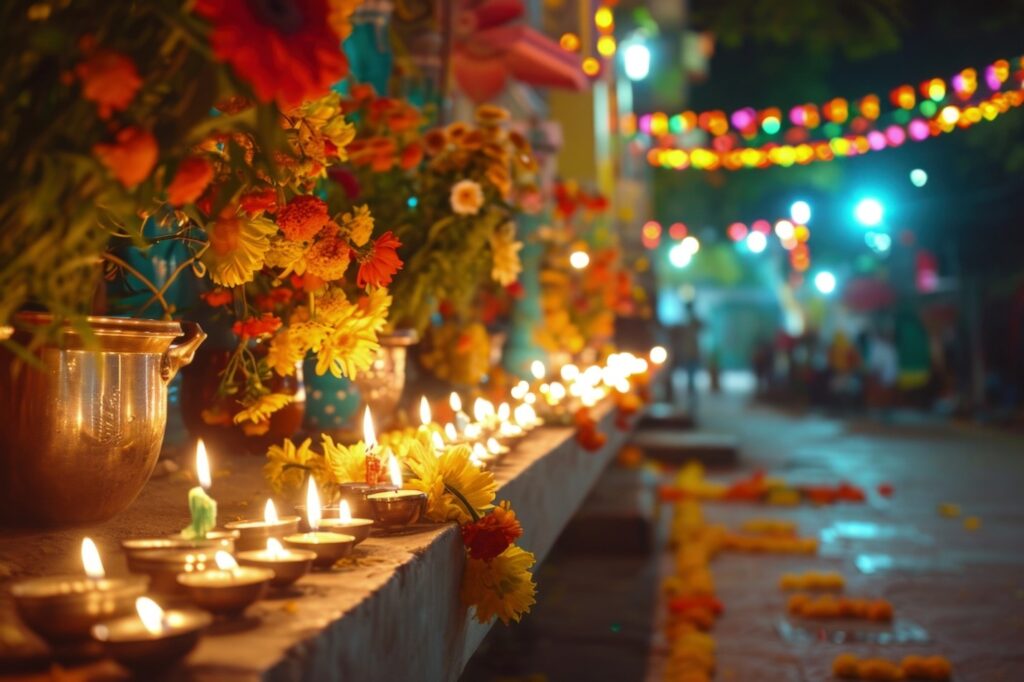
Arunachal Pradesh is not just about breathtaking landscapes; it is also a land of vibrant festivals that bring together music, food, rituals, and community spirit. Most of these festivals are deeply rooted in tribal traditions, often tied to agriculture, nature worship, or Buddhism.
If you are planning an immersive journey with a Northeast India itinerary planner, aligning your trip with these celebrations will give you unforgettable cultural experiences.
- Losar (February–March): Celebrated mainly by the Monpa tribe in Tawang and West Kameng, this marks the Tibetan New Year with prayer flags, masked dances, and community feasts.
- Mopin Festival (April): A grand harvest festival of the Galo tribe in Aalo, featuring the traditional Ponung dance, millet beer (Apong), and communal feasts.
- Ziro Music Festival (September): India’s coolest indie music festival held amidst Ziro Valley’s paddy fields, attracting global artists and eco-conscious travellers.
- Nyokum Yullo (February): Celebrated by the Nyishi tribe, this festival seeks prosperity and harmony with rituals, chants, and traditional games.
- Dree Festival (July): Unique to the Apatani tribe in Ziro Valley, it is celebrated with sacrifices, prayers for a good harvest, and traditional games.
- Solung (August–September): A harvest festival of the Adi tribe in Pasighat, marked by dances, Apong, and folk performances.
- Torgya (January): A Buddhist festival at Tawang Monastery with colourful Cham (masked) dances performed by monks to ward off evil spirits.
Seven days from Delhi to Arunachal Pradesh is not about rushing. It is about pausing — at riversides, monasteries, and markets — and letting the stories of the land unfold.
This route is not just an itinerary. It is a bridge into the hidden gems of Northeast India, where culture, nature, and people shape your journey. Whether you lean toward slow, mindful travel or seek comfort through luxury travel in Northeast India, you will find your rhythm here.
FAQs
How can I travel from Delhi to Arunachal Pradesh?
You can either fly from Delhi to Guwahati or Dibrugarh and continue by road, or take a 28–30 hour train to Guwahati followed by a scenic road trip into Arunachal. Flights are faster, but the train journey lets you soak in changing landscapes.
Do I need a permit to visit Arunachal Pradesh?
Yes. Indian travellers need an Inner Line Permit (ILP), available online or from Arunachal tourism offices in Guwahati, Tezpur, and Delhi. Foreign travellers require a Protected Area Permit (PAP), which can be arranged through registered tour operators.
What is the best time to visit Arunachal Pradesh?
The ideal months are October to April. Winter (November–February) brings snow to high passes like Sela, while spring (March–April) is perfect for rhododendron blooms and cultural festivals. Monsoon (June–September) is best avoided due to landslides.
What kind of accommodation can I expect?
You will find a mix of eco-friendly homestays, guesthouses, and boutique stays, along with some luxury options in bigger towns like Tawang or Itanagar. Staying with local families often makes your trip more immersive.
Is Arunachal Pradesh safe for travellers?
Yes, Arunachal is safe, and the locals are warm and welcoming. Roads can be remote, so it is always best to travel with a guide or driver who knows the terrain. Always check weather conditions before setting out.
What should I pack for a 7-day Arunachal trip?
Pack layered clothing (it can be sunny in the valleys and cold in the passes), sturdy trekking shoes, rain protection, personal medicines, cash (ATMs are limited), and a power bank. Also carry ID copies for permit checks.
What cultural experiences should I not miss?
Do not miss Losar (Tibetan New Year in Tawang), Ziro Festival of Music, and traditional tribal festivals like Solung and Nyokum. Local food like thukpa, momos, apong (rice beer), and bamboo shoot curries also add to the experience.
Do mobile networks and the internet work well in Arunachal?
Connectivity is limited in remote areas. BSNL and Jio work best, but expect weak or no signal in high-altitude regions like Tawang. Carry offline maps and inform family before heading to remote zones.
At ClearEast Trip, we see travel as more than just moving from one place to another—it is about slowing down, feeling at ease, and discovering stories that stay with you. We do not believe in fixed packages. Instead, we help you design journeys across Bhutan, Darjeeling, Sikkim, and Northeast India that feel clear, comfortable, and deeply personal.
Planning your Delhi to Arunachal Pradesh trip? Think of us as your travel companions—sharing honest insights, local tips, and practical guidance so the process feels effortless and the journey feels yours.
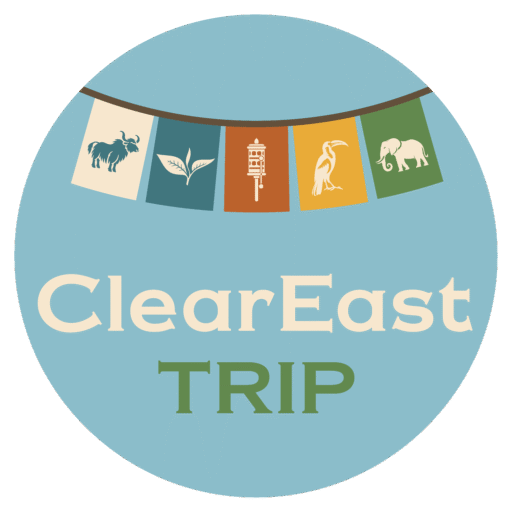

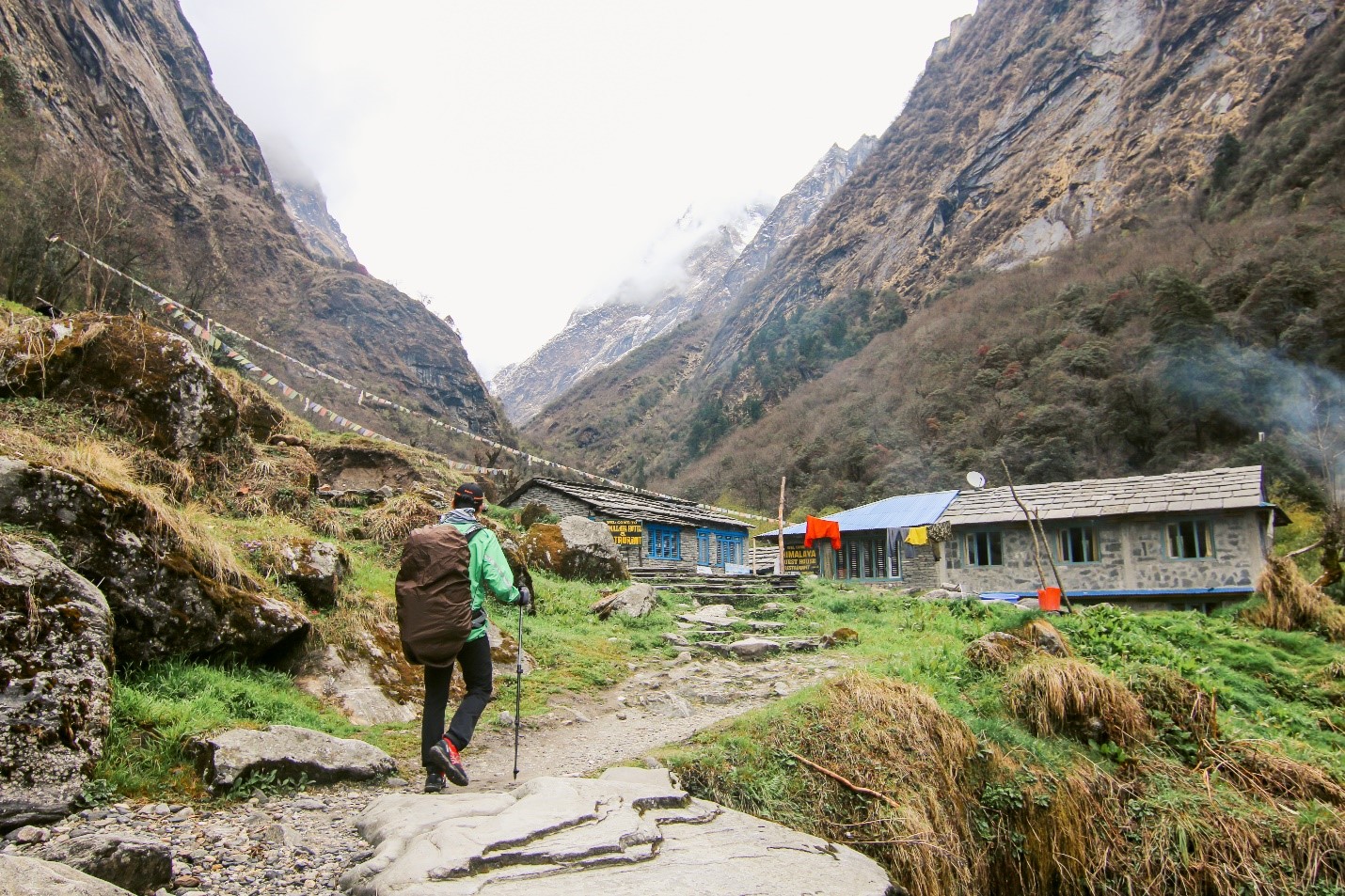
 in Bengaluru
in Bengaluru